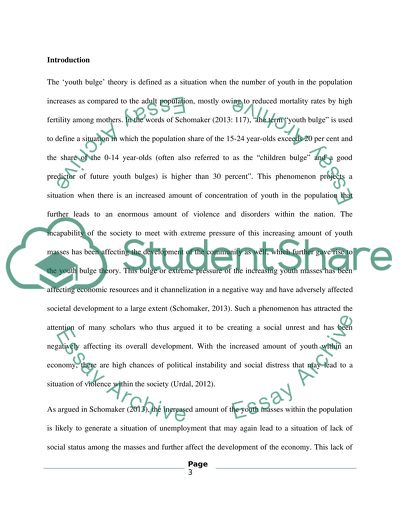Cite this document
(“Is the youth-bulge theory responsible for the islamic terrorism Research Paper”, n.d.)
Retrieved from https://studentshare.org/sociology/1673070-is-the-youth-bulge-theory-responsible-for-the-islamic-terrorism
Retrieved from https://studentshare.org/sociology/1673070-is-the-youth-bulge-theory-responsible-for-the-islamic-terrorism
(Is the Youth-Bulge Theory Responsible for the Islamic Terrorism Research Paper)
https://studentshare.org/sociology/1673070-is-the-youth-bulge-theory-responsible-for-the-islamic-terrorism.
https://studentshare.org/sociology/1673070-is-the-youth-bulge-theory-responsible-for-the-islamic-terrorism.
“Is the Youth-Bulge Theory Responsible for the Islamic Terrorism Research Paper”, n.d. https://studentshare.org/sociology/1673070-is-the-youth-bulge-theory-responsible-for-the-islamic-terrorism.


